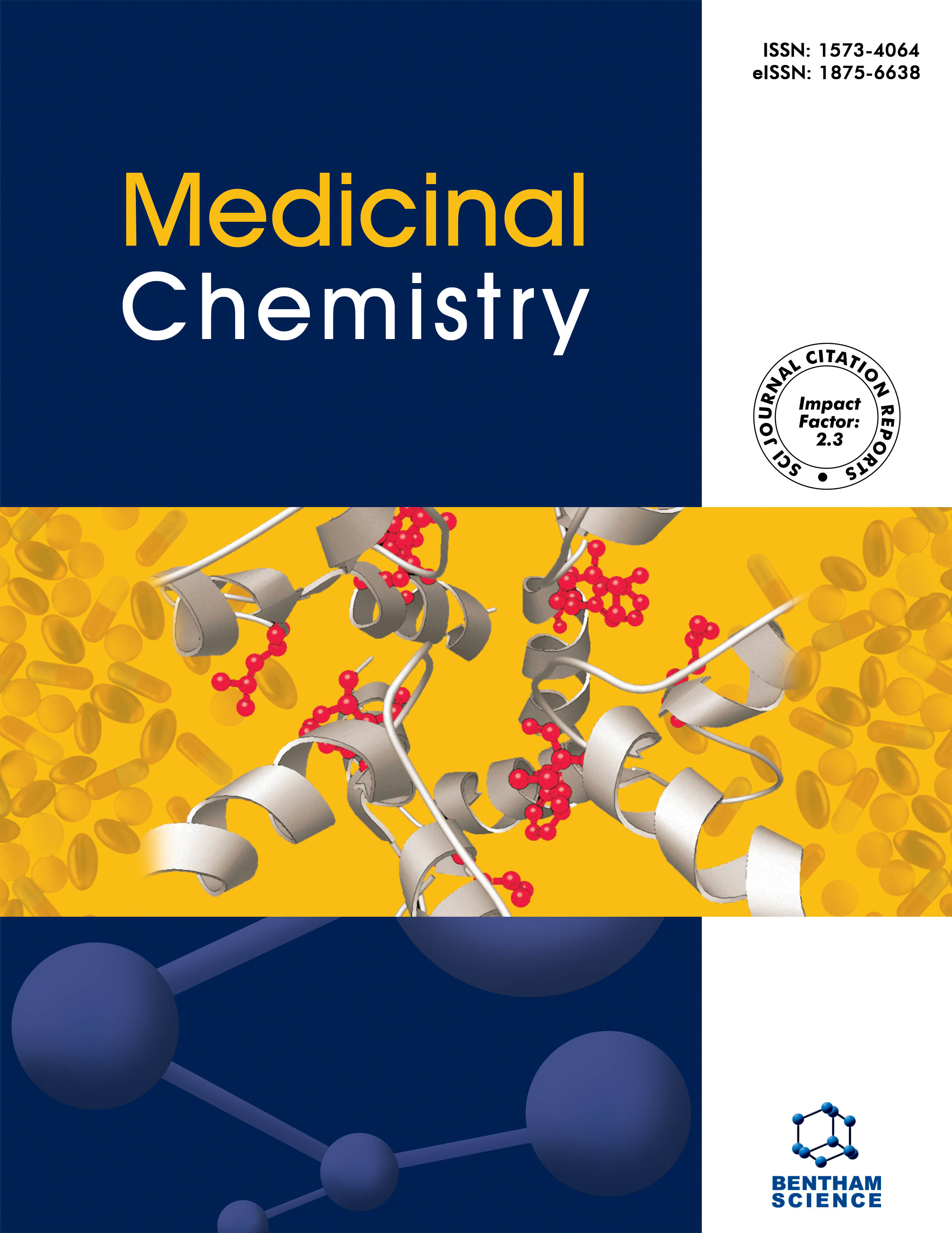
Full text loading...
We use cookies to track usage and preferences.I Understand
The objective of this study is to explore the therapeutic potential of phytochemicals in cancer cell metabolism by investigating their ability to inhibit key molecular targets involved in tumor growth and drug resistance.
We evaluated specific phytochemicals against critical cancer-related targets such as GLS1, CKα, MGLL, IDH1, PDHK1, and PHGDH. Molecular docking methods were used to understand the binding interactions between phytochemicals and their selected targets. ADME (absorption, distribution, metabolism, and excretion) analysis and molecular dynamics (MD) simulations were conducted to assess pharmacokinetic properties and ligand-protein interaction dynamics, respectively. MM-PBSA (molecular mechanics Poisson-Boltzmann surface area) calculations were utilized to estimate binding free energies.
Molecular dynamics simulations demonstrate that phytochemicals like EGCG, Diosgenin, Withaferin A, and Celastrol exhibit stable binding to their respective targets, suggesting potential therapeutic benefits. Specifically, EGCG shows strong and non-toxic binding affinity with GLS1, making it a promising candidate for cancer treatment.
Our study underscores the potential of phytochemicals as effective inhibitors of cancer cell metabolism. The stable binding interactions highlight promising avenues for developing innovative cancer therapies. Further experimental investigations are warranted to validate these findings and advance the development of hybrid phytochemical-based treatments for combating chemoresistance.

Article metrics loading...

Full text loading...
References


Data & Media loading...
Supplements

